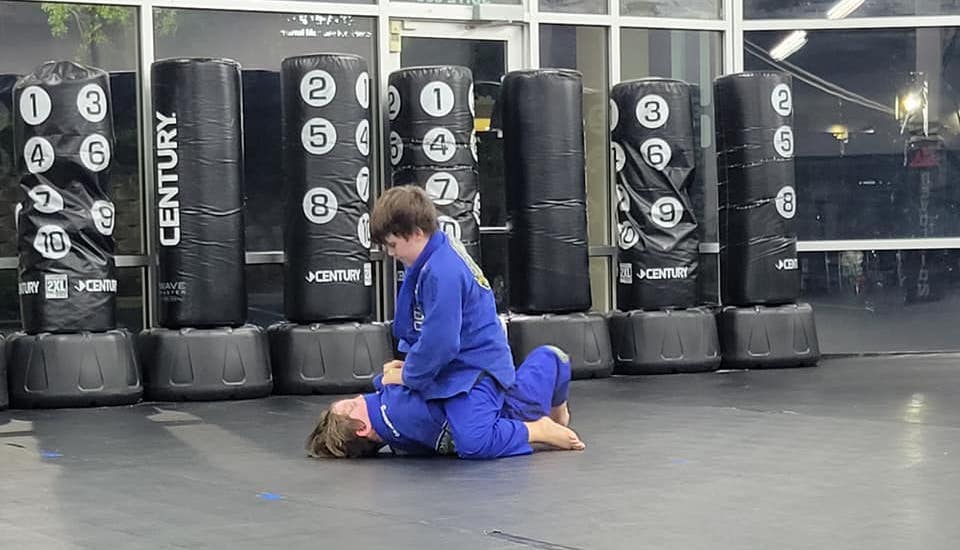
- 576
Understanding the difference between the two — and how they vary across martial arts like Mixed Martial Arts (MMA), Karate, Brazilian Jiu-Jitsu (BJJ), Kickboxing, and Taekwondo — is crucial for serious practitioners who want to maximize both their skill development and physical performance.
Mixed Martial Arts (MMA)
- Training:
MMA training is hybrid — it includes striking (boxing, Muay Thai, kickboxing) and grappling (wrestling, BJJ). Fighters must develop a well-rounded skillset in offense, defense, cage work, and transitions between styles.
- Conditioning:
MMA conditioning is intense. Athletes focus on explosive strength, anaerobic endurance (short, high-effort bursts), grip strength, and overall resilience. High-Intensity Interval Training (HIIT), circuit training, wrestling drills, and heavy bag conditioning are staples.
Karate
- Training:
Karate emphasizes katas (forms), kihon (basic techniques like punches, blocks, and kicks), and kumite (sparring). Training often focuses on precision, timing, and quick linear attacks.
- Conditioning:
Karate conditioning develops speed, flexibility (especially in hips and legs), and strong stances. Traditional conditioning may also involve makiwara striking (striking padded posts) to toughen the hands and build bone density.
Brazilian Jiu-Jitsu (BJJ)
- Training:
BJJ training revolves around grappling — positional control, escapes, submissions, and transitions. Rolling (live sparring) is a huge component, focusing on leverage, technique, and strategy over brute strength.
- Conditioning:
BJJ conditioning emphasizes grip strength, core endurance, hip flexibility, and anaerobic stamina. Functional strength training, bodyweight exercises, and band work are common to replicate the demands of grappling exchanges.
Kickboxing
- Training:
Kickboxing training focuses on punches, kicks, knees, and sometimes elbows. Combinations, footwork, timing, and defensive maneuvers like slips and blocks are heavily emphasized.
- Conditioning:
Conditioning for kickboxing targets cardiovascular endurance, leg stamina (for consistent kicking), explosive striking power, and quick recovery between rounds. Heavy bag work, pad work, sprint intervals, and plyometrics are essential.
Taekwondo
- Training:
Taekwondo is known for its high, fast, and spinning kicks. Training focuses heavily on kicking drills, patterns (poomsae), and sparring techniques based on speed and precision.
- Conditioning:
Taekwondo conditioning centers around leg flexibility, fast-twitch muscle development, and balance. Plyometric training, stretching, and lightweight high-rep strength training for legs are vital to optimize kicking performance.
Why Both Are Necessary
You can be highly skilled but gas out after one round without proper conditioning.
You can be incredibly fit but ineffective in a match if your technique is poor.
No Matter the Martial Art, Training and conditioning are two sides of the same coin.
Neglecting either side limits your martial arts potential, whether you’re competing or simply practicing for self-improvement.


